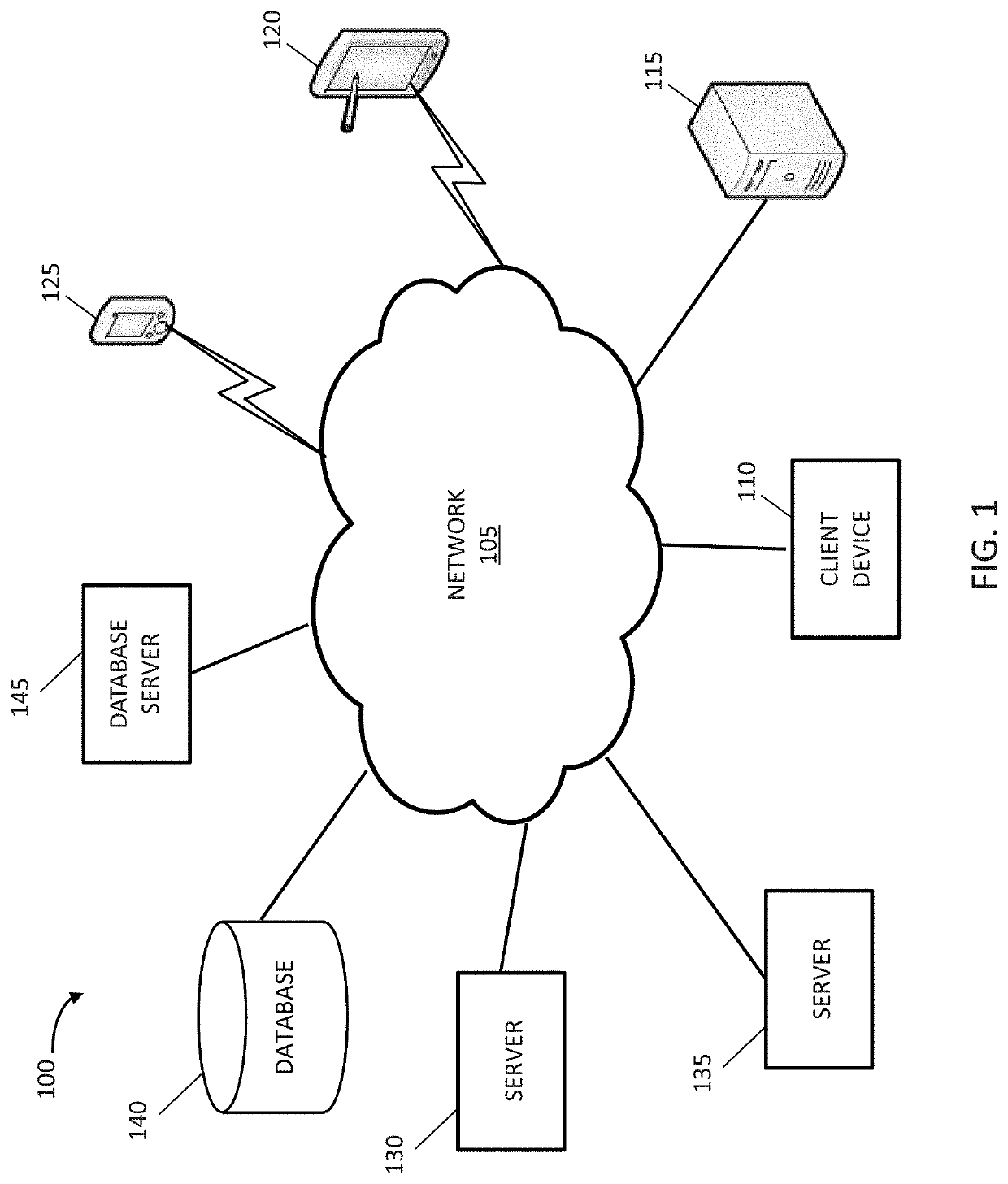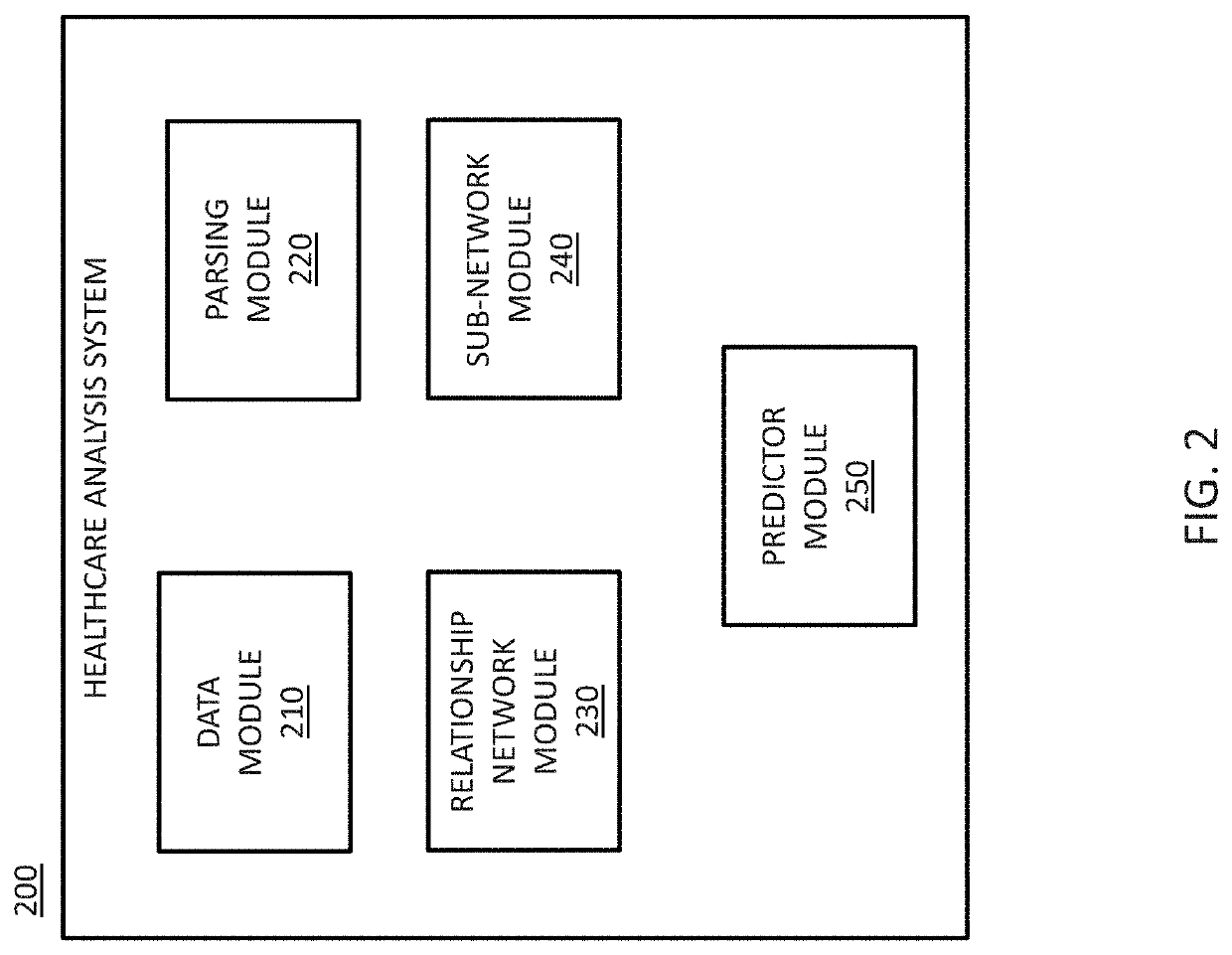Bayesian causal relationship network models for healthcare diagnosis and treatment based on patient data
a causal relationship network and patient data technology, applied in probabilistic networks, instruments, computing, etc., can solve the problems of limiting the ability to discover new or unknown relationships, limiting the ability to discover other relevant variables, and pre-selecting variables
- Summary
- Abstract
- Description
- Claims
- Application Information
AI Technical Summary
Benefits of technology
Problems solved by technology
Method used
Image
Examples
example 1
hip Network Model Generated from CMS Data: Sub-Network of Heart Failure & Shock and Renal Failure
[0123]Mathematical and statistical learning tools developed in Artificial Intelligence (AI) are well adapted to decipher complex interaction patterns in Big Data. The Berg Interrogative Biology™ Informatics Suite is a computational workflow for integration of varied data modalities and inference of causal effects in a purely data-driven manner using Bayesian Networks (BN). The present example relates to the use of BNs in healthcare Big Data analytics that has a significant impact on enhancing patient care and improving healthcare and hospital efficiency.
[0124]Low-resolution, publicly available data was used to make novel discoveries that directly informed care and lead to novel hypotheses using a generated causal relationship network model. A data relationship network of diagnosis codes was generated based on publicly available billing data from Centers for Medicare & Medicaid Services (...
example 2
hip Network Model Generated from CMS Data: Sub-Network of Red Blood Cell (RBC) Disorders
[0162]A sub-network centered on Red Blood Cell (RBC) disorders was also selected from the generated relationship network model described in Example 1. FIG. 20 schematically depicts the relationship network model and the selected RBC disorders sub-network. Another novel interaction was determined from RBC disorders sub-network.
[0163]The DRG code for RBC disorders covers anemia (caused by nutrition, genetics and comorbidity), reaction from transfusions (ABO, Rh incompatibility) and cytopenias. All related diagnoses were taken into account in analyses linking RBC disorders to other diagnoses.
[0164]The RBC disorders sub-network indicated that a diagnosis of cellulitis lead to or was followed by a diagnosis of an RBC disorder in a statistically significant proportion of patients. When cellulitis is untreated, bacteria from the infection enter the blood stream and cause septicemia. Previous studies hav...
PUM
 Login to View More
Login to View More Abstract
Description
Claims
Application Information
 Login to View More
Login to View More - R&D
- Intellectual Property
- Life Sciences
- Materials
- Tech Scout
- Unparalleled Data Quality
- Higher Quality Content
- 60% Fewer Hallucinations
Browse by: Latest US Patents, China's latest patents, Technical Efficacy Thesaurus, Application Domain, Technology Topic, Popular Technical Reports.
© 2025 PatSnap. All rights reserved.Legal|Privacy policy|Modern Slavery Act Transparency Statement|Sitemap|About US| Contact US: help@patsnap.com



